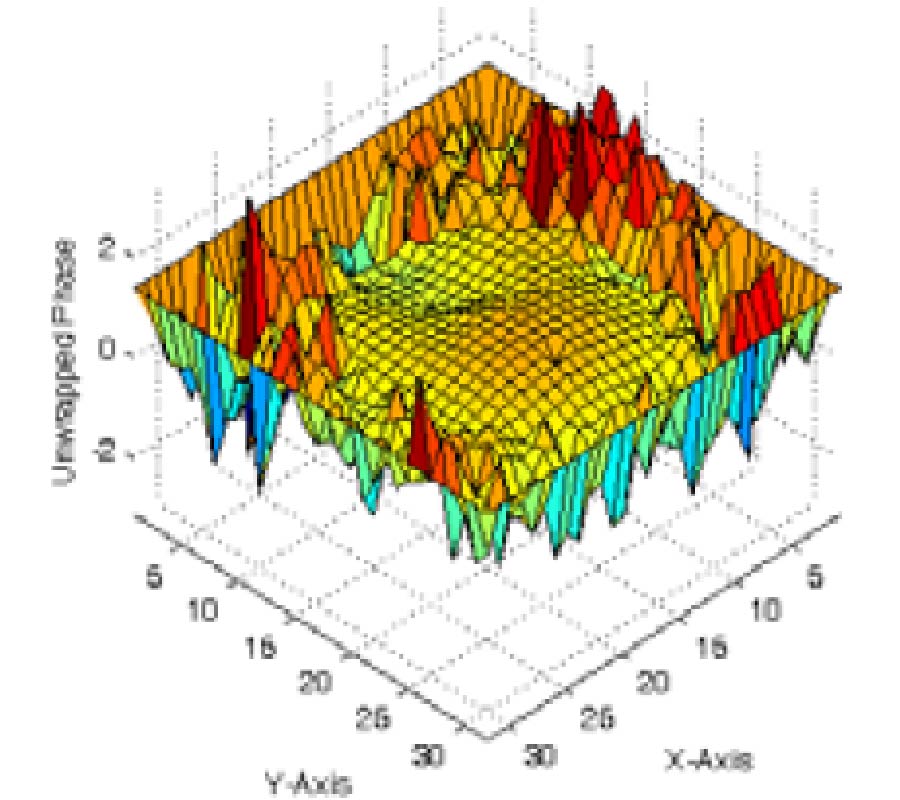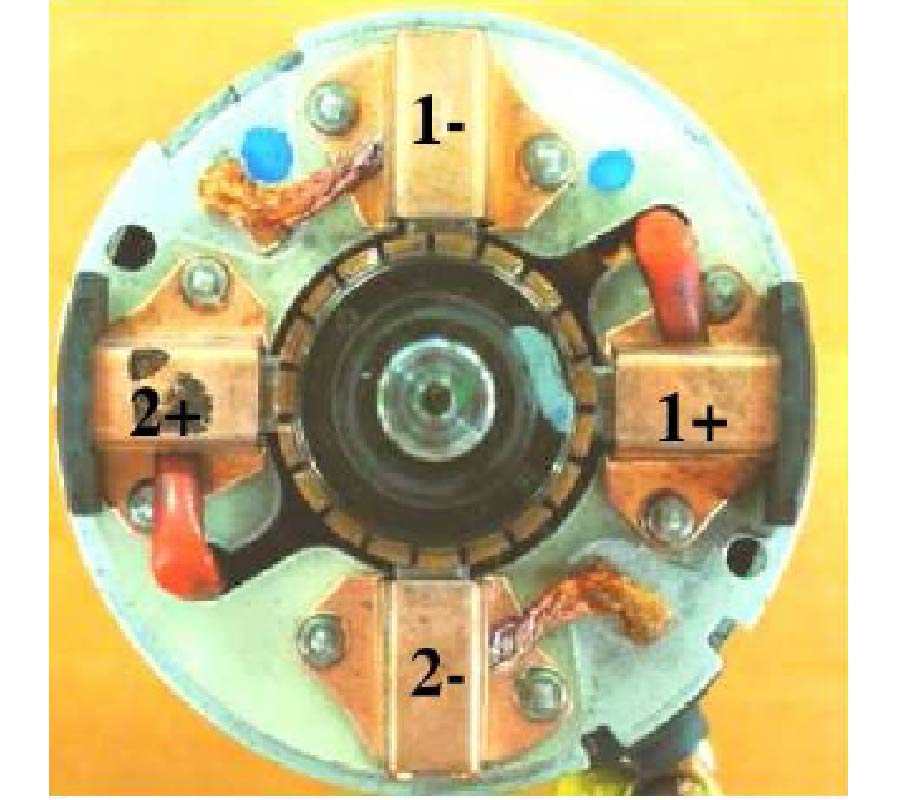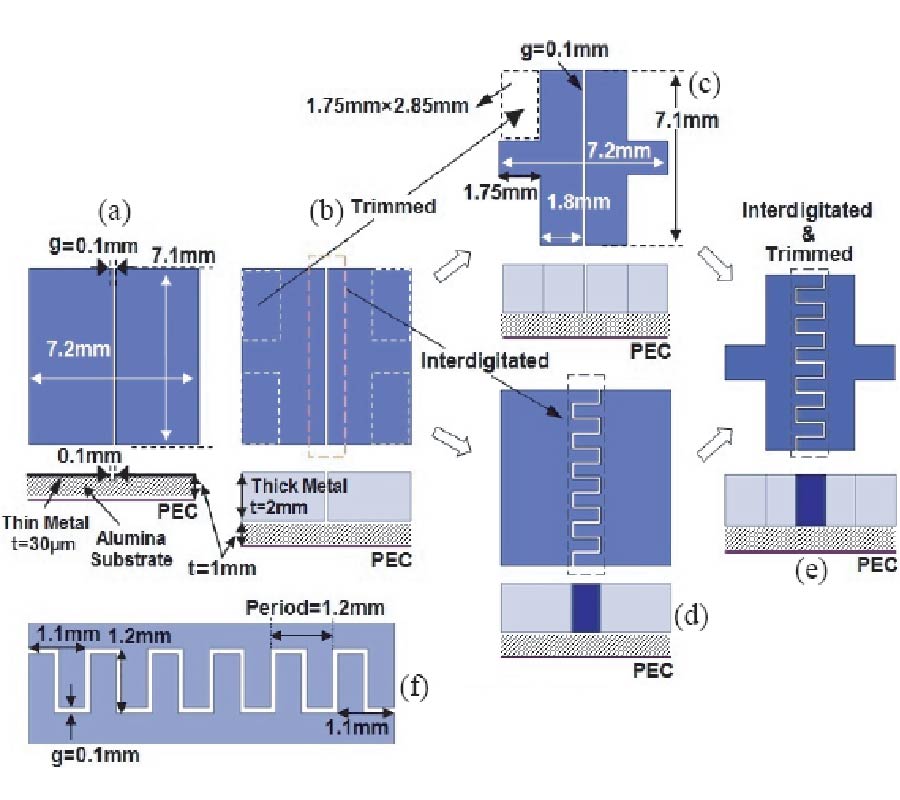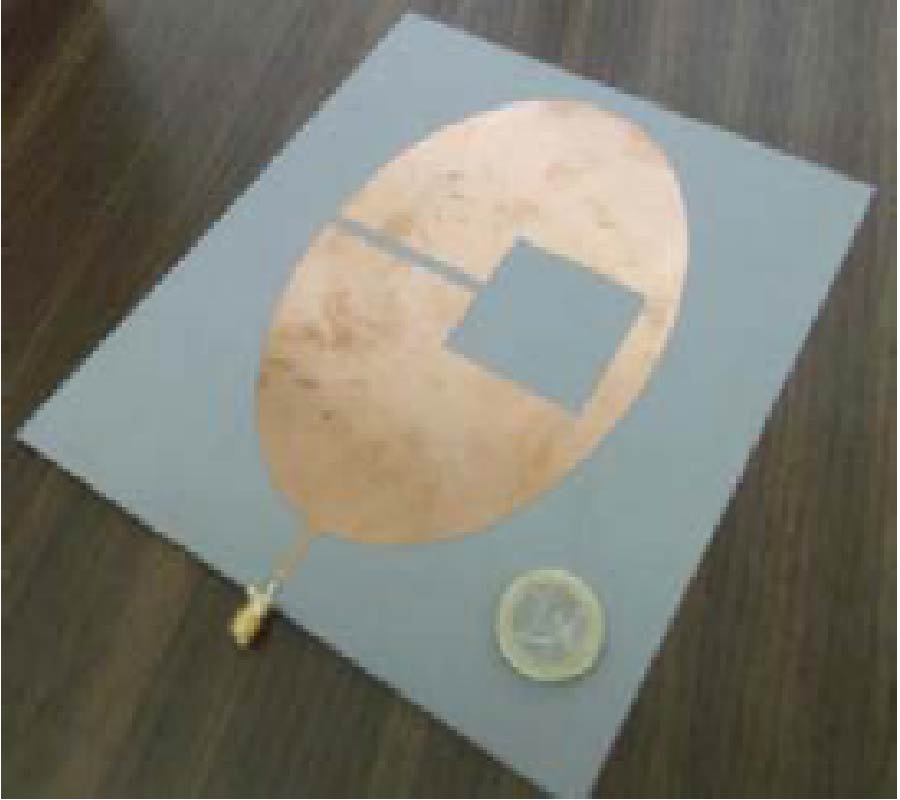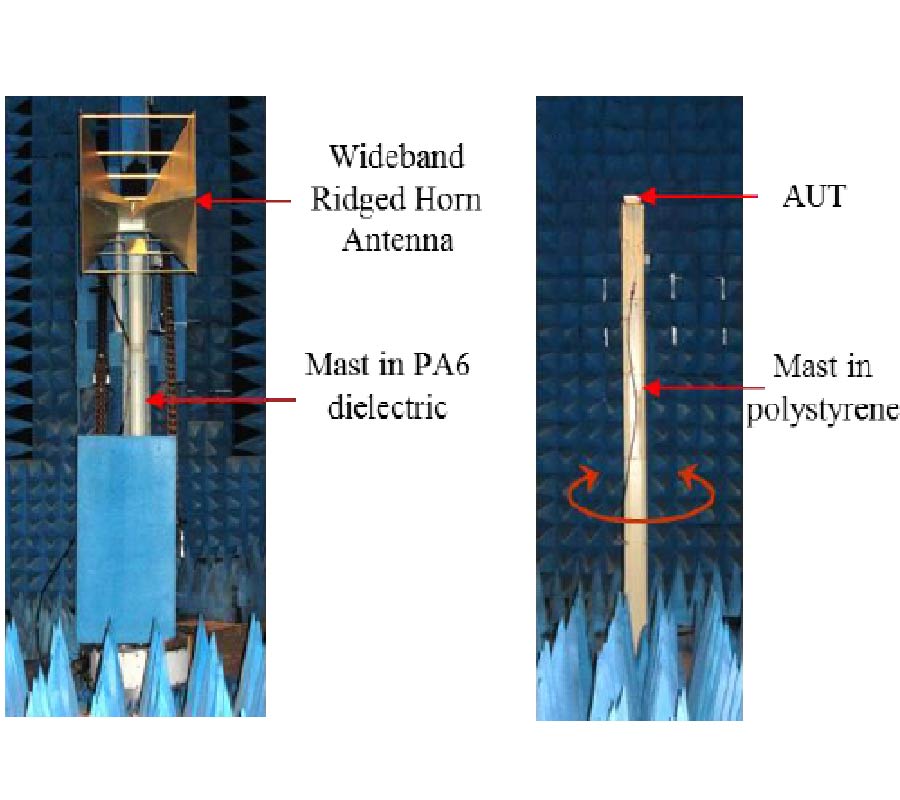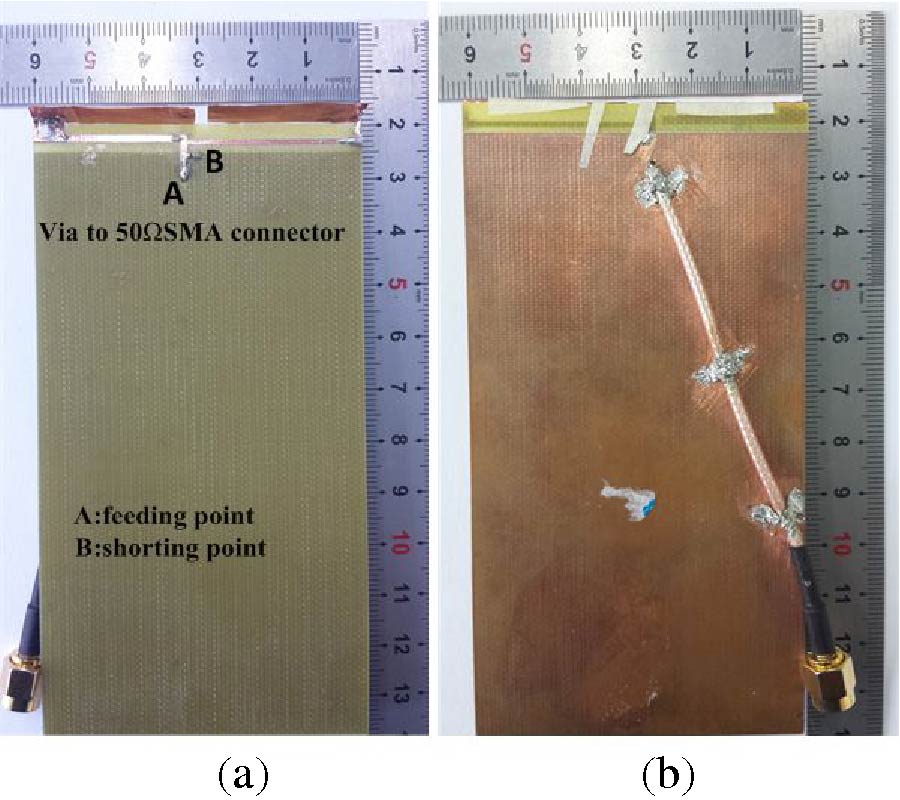A Compact and Wideband Circularly Polarized Rectenna with High Efficiency at X-Band
Jinwoo Shin,
Mihui Seo,
Junho Choi,
Joonho So and
Changyul Cheon
A new design for a compact and wideband circularly-polarized rectenna with high efficiency operating at X-band is proposed. A dual-slot coupled antenna excited by an H-shaped slot fed by a T-shaped microstrip is designed to yield wideband performance as a receiving array antenna. Rectifying circuit models for harmonic suppression circuit, impedance matching, DC-pass circuit, and DC return circuit at the input and output of the diode are built up and optimized to transfer the maximum power from the antenna to the load using an ADS circuit simulator. An RF-DC conversion efficiency of 71.9% is measured on the conditions of 300 load, and 50.1 mW RF input power at 9.5 GHz operating frequency. For the proposed wideband rectenna, the efficiency of more than 50% is measured over a 1 GHz frequency bandwidth. The measured gain, axial ratio, and return loss of the circularly polarized antenna with a 4-element array are 11.2 dBi, 1.1 dB, and -16.4 dB, respectively. The reflection coefficient of the array antenna is measured at less than -10 dB over a wide frequency range of about 2 GHz. Using this antenna as transmitting (TX) and receiving (RX) radiators, the free-space power transfer capability of the rectenna is tested in free space to turn on an LED at 25 cm distance.




